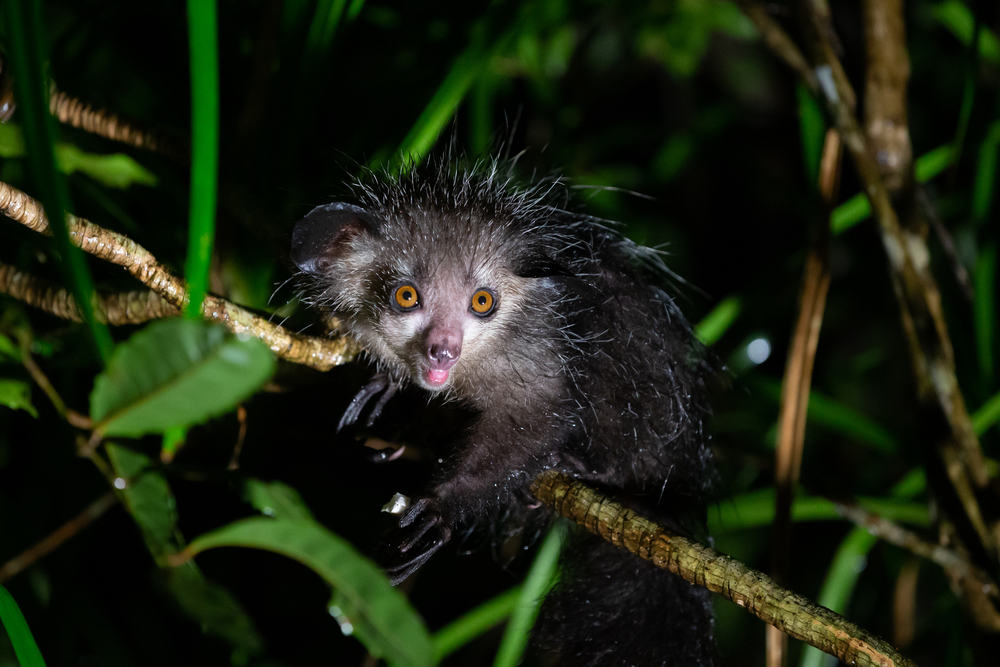From the depths of the ocean to the darkest caves, our planet hosts an astonishing variety of creatures that might send shivers down your spine. While many people instinctively fear these unusual animals, understanding them reveals fascinating evolutionary adaptations and ecological roles that deserve our appreciation rather than revulsion. This article explores 13 creepy critters that, despite their unsettling appearances or behaviors, represent remarkable examples of nature’s diversity. Each of these organisms has evolved unique characteristics that help them survive in their respective environments, offering valuable insights into the wonders of biological adaptation.
13. The Giant Isopod Deep-Sea Scavenger

Resembling a massive roly-poly or pill bug, the giant isopod (Bathynomus giganteus) dwells in the cold, dark depths of the Atlantic, Pacific, and Indian Oceans. Growing up to 16 inches long, these crustaceans are related to the small woodlice found in gardens but have evolved to massive proportions due to deep-sea gigantism. Their prehistoric appearance, with segmented exoskeletons and multiple legs, can be startling to those unfamiliar with them. Giant isopods are opportunistic scavengers, feeding on dead whales, fish, and squid that sink to the ocean floor. What makes these creatures particularly fascinating is their ability to go without food for years at a time—one specimen in a Japanese aquarium survived for five years without eating. Their role as deep-sea cleanup crews makes them ecologically vital despite their unsettling appearance.
12. The Aye-Aye Nocturnal Finger Tapper
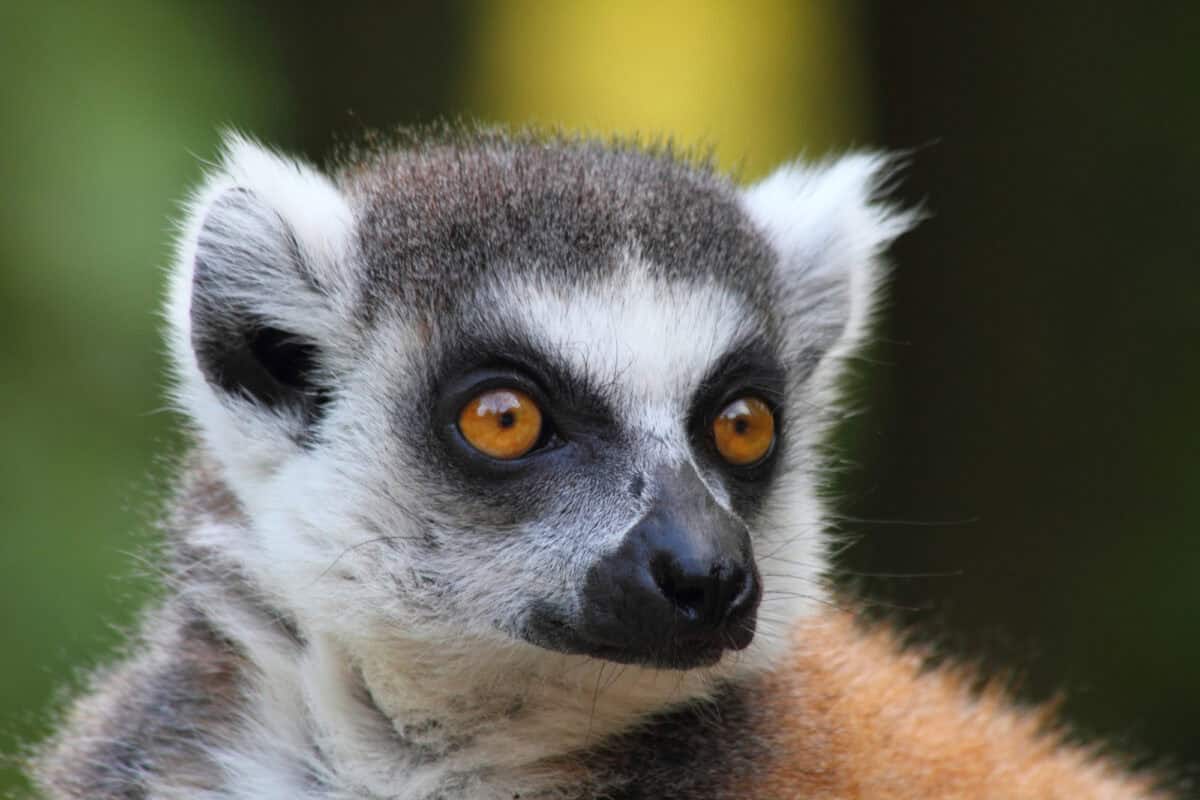
The aye-aye (Daubentonia madagascariensis) of Madagascar has earned an unfortunate reputation due to its unusual appearance. With bulging eyes, bat-like ears, rodent-like teeth, and an unnaturally long middle finger, this nocturnal primate has been the subject of superstition and fear among local communities. In some regions, they’re considered harbingers of death. The aye-aye’s most distinctive feature—its elongated middle finger—serves a crucial ecological purpose. Using echolocation-like techniques, it taps on trees to find hollow spaces where insect larvae might be hiding, then uses its specialized digit to extract these morsels. This unique feeding technique fills an ecological niche similar to woodpeckers, which don’t exist in Madagascar. Unfortunately, due to habitat loss and persecution based on superstitious beliefs, the aye-aye is now critically endangered, with fewer than 10,000 individuals remaining in the wild.
11. The Goblin Shark Living Fossil

With a protruding snout and nail-like teeth that jut from its jaws, the goblin shark (Mitsukurina owstoni) appears to have emerged from a nightmare. This deep-sea predator, often referred to as a “living fossil,” belongs to a family that has remained relatively unchanged for 125 million years. The goblin shark’s most remarkable feature is its extendable jaws, which can rapidly project forward to capture prey in the darkness of the deep ocean, sometimes at depths exceeding 4,000 feet. The pinkish coloration of its semi-transparent skin comes from blood vessels visible beneath its surface—an adaptation to deep-sea living where red light doesn’t penetrate, effectively making them invisible to potential prey. Rarely encountered by humans due to their deep-water habitat, much about their behavior and biology remains mysterious to scientists, adding to their enigmatic appeal.
10. The Lamprey Ancient Parasitic Fish

Few aquatic creatures inspire as much visceral discomfort as the lamprey, with its circular, tooth-lined mouth and parasitic feeding habits. These jawless fish have existed for over 360 million years, predating the dinosaurs and surviving multiple mass extinction events. Instead of jaws, lampreys possess a suction-cup mouth filled with concentric rings of razor-sharp teeth and a rasping tongue. Parasitic species attach to other fish, using their teeth to bore into their hosts’ flesh and feeding on their blood and bodily fluids. While this feeding strategy is undeniably unsettling, lampreys play important roles in aquatic ecosystems. Not all species are parasitic—some are filter feeders throughout their lives. Additionally, they serve as food sources for larger predators and can be indicators of water quality in their habitats. In some cultures, particularly in Europe, lampreys are considered culinary delicacies despite their intimidating appearance.
9. The Tarsier Wide-Eyed Night Hunter

Native to the islands of Southeast Asia, tarsiers (family Tarsiidae) possess the largest eyes relative to body size of any mammal—each eyeball is approximately the same size as their brain. These nocturnal primates cannot move their enormous eyes within their sockets, instead rotating their heads up to 180 degrees owl-style to scan their surroundings. Their elongated ankle bones (tarsal bones, hence their name) enable them to leap more than 40 times their body length when hunting or escaping danger. While their wide-eyed stare might appear unsettling, it’s an adaptation that provides excellent night vision for hunting insects. Tarsiers are the only completely carnivorous primates, feeding exclusively on insects and small vertebrates. Their bizarre appearance extends to their elongated fingers and toes, which end in suction cup-like pads for gripping branches. Adding to their otherworldly quality, tarsiers communicate through ultrasonic vocalizations that are beyond human hearing range.
8. The Bobbit Worm Ambush Predator of the Seabed

Named after a notorious 1993 criminal case, the Bobbit worm (Eunice aphroditois) represents one of the ocean’s most formidable ambush predators. Growing up to 10 feet long but typically hiding most of its segmented body beneath the seabed, this polychaete worm possesses sharp, scissor-like jaws capable of slicing fish in half. Bobbit worms bury themselves in the ocean floor, leaving only their antennae exposed to detect passing prey. When an unsuspecting fish or invertebrate ventures too close, the worm explodes from its hiding place with such speed that it sometimes generates a pressure wave that can stun its victim. Their jaws also contain a neurotoxin that immobilizes prey. Despite their predatory prowess, Bobbit worms remain poorly understood by marine biologists, as they’re difficult to study in their natural deep-water habitats. Aquarium owners sometimes discover these creatures accidentally transported as hitchhikers on live rock, where they can grow and prey on tank inhabitants for years before being discovered.
7. The Star-Nosed Mole Tentacled Digger
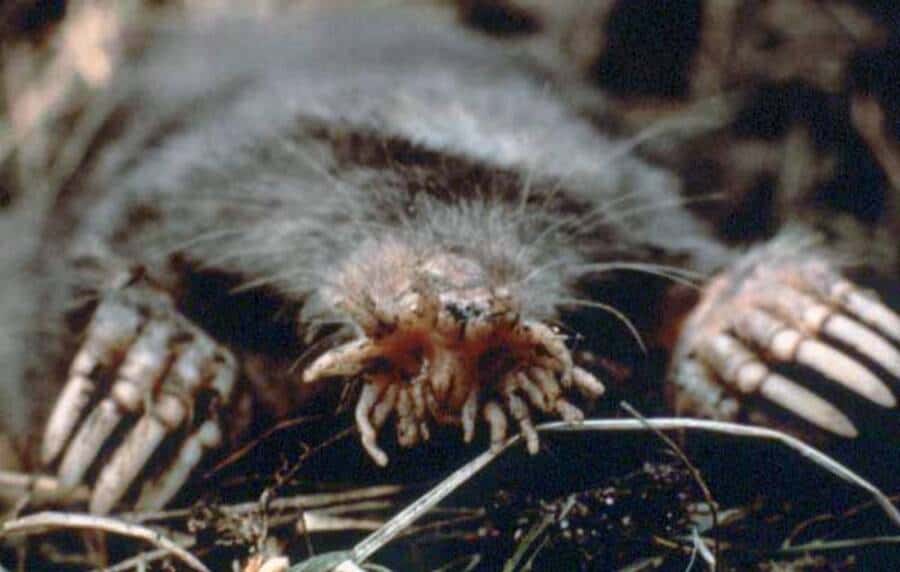
The star-nosed mole (Condylura cristata) features perhaps one of the most bizarre facial structures in the animal kingdom. The 22 fleshy appendages forming a star-like pattern around its nostrils make this North American mammal look alien, but this unusual feature serves a remarkable purpose. These tentacles contain more than 25,000 Eimer’s organs—sensory receptors that allow the mole to process tactile information with extraordinary speed. In fact, the star-nosed mole holds the Guinness World Record for the fastest foraging mammal, able to identify and consume food items in less than a quarter of a second. These near-blind creatures live in wetlands and moist soils throughout northeastern North America, where they construct extensive tunnel systems. Beyond their distinctive nose, star-nosed moles have adapted to semi-aquatic life with specialized fur that repels water and the ability to smell underwater by exhaling air bubbles onto objects and then re-inhaling them to collect scent particles—a behavior called “underwater sniffing.”
6. The Camel Spider Misunderstood Desert Sprinter
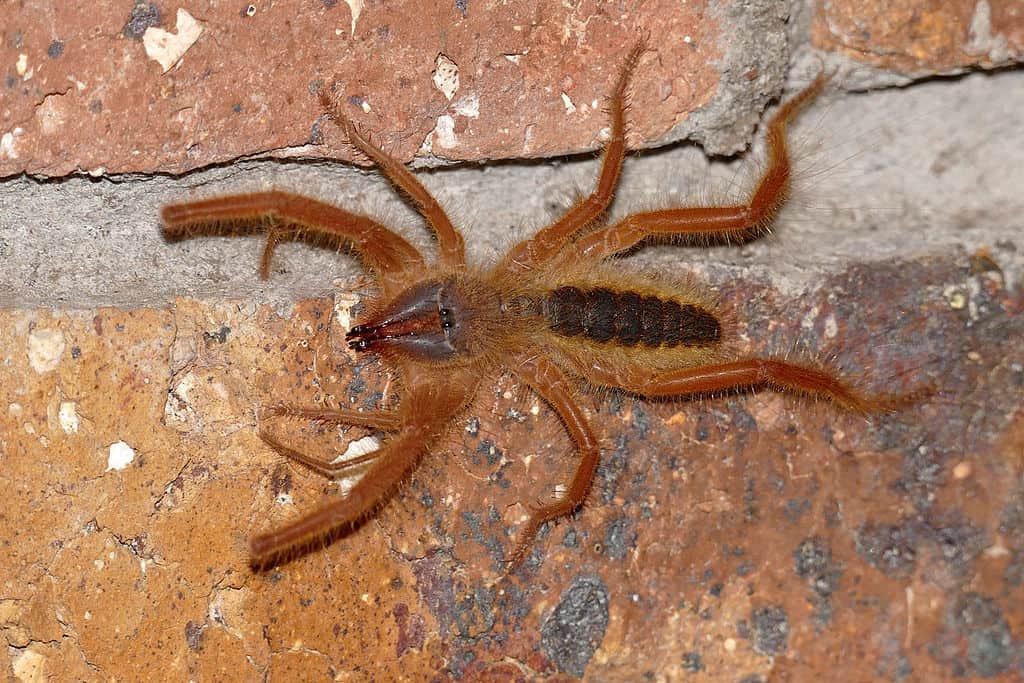
Few arthropods have generated as many urban legends as the camel spider (order Solifugae). These arachnids—which are neither true spiders nor true scorpions—became the subject of viral emails during the Iraq War, with exaggerated claims about their size, speed, and appetite. In reality, while camel spiders can reach 6 inches in length and sprint at speeds up to 10 mph, they pose no significant threat to humans. Their fearsome appearance comes from their prominent chelicerae (jaws), which they use to crush prey, and their eight legs plus two pedipalps that look like additional legs. Despite their nickname, they don’t drink camel blood—or any blood at all—preferring to feed on insects, rodents, lizards, and small birds. What makes them particularly creepy to many observers is their relentless pursuit of shade, which can make them appear to be chasing people when they’re merely seeking shelter from the sun in the shadow cast by a human. With approximately 1,100 species worldwide, solifuges are most diverse in arid regions and remain among the least studied arachnid orders.
5. The Vampire Squid Crimson Deep-Sea Dweller

Despite its ominous name, the vampire squid (Vampyroteuthis infernalis—literally “vampire squid from hell”) is neither a true squid nor particularly vampiric. This ancient cephalopod lives in the oxygen-minimum zones of temperate and tropical oceans, typically at depths between 2,000 and 3,000 feet. Its jet-black to reddish body, webbed arms, and eyes that appear to glow blue in certain light conditions give it a distinctly supernatural appearance. When threatened, the vampire squid can invert its webbed arms over its head, displaying spines that line the underside of its web—a defensive posture that likely inspired its name. Unlike its predatory relatives, this living fossil primarily feeds on marine snow (organic detritus) and small planktonic organisms. One of its most remarkable adaptations is bioluminescent mucus, which it can release in clouds to confuse predators—effectively creating a “light show” diversion while it escapes into the darkness. As one of the only cephalopods that doesn’t have ink sacs, this luminous defense mechanism represents a fascinating evolutionary alternative.
4. The Naked Mole-Rat Cancer-Resistant Colony Dweller
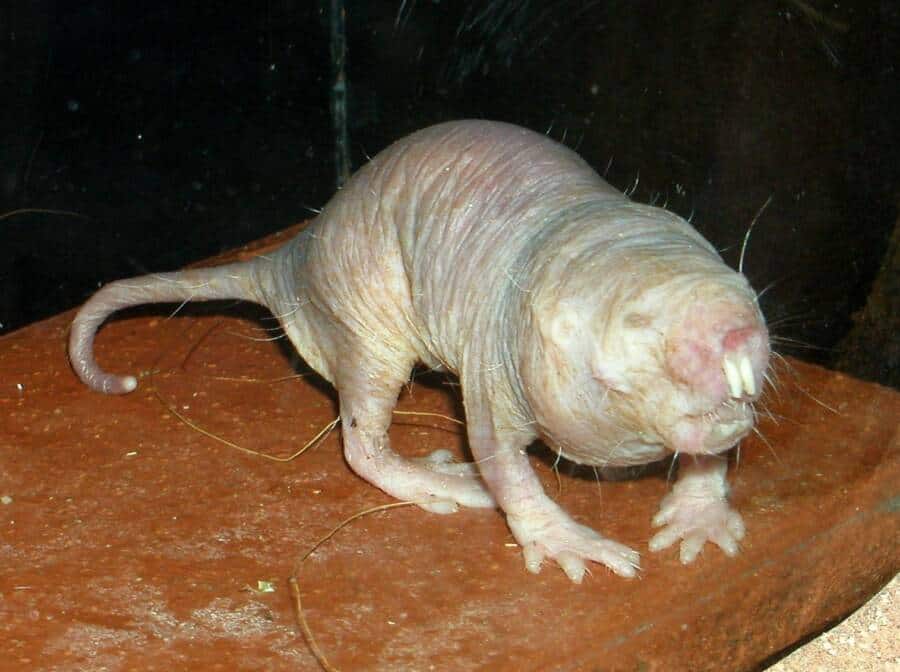
The naked mole-rat (Heterocephalus glaber) has been described as resembling “a saber-toothed sausage with legs,” and its wrinkled, nearly hairless skin, protruding front teeth, and tiny eyes do little to counter this unflattering comparison. Native to the horn of Africa, these eusocial mammals live in underground colonies organized more like insect societies than typical mammal groups, with a breeding queen and numerous non-breeding workers. Beyond their unusual appearance, naked mole-rats possess several extraordinary biological features: they’re virtually immune to cancer, can survive 18 minutes without oxygen by metabolizing fructose instead of glucose, feel almost no pain from acid or capsaicin, and can live up to 30 years—roughly ten times longer than similar-sized rodents. Their social structure involves complex communication through vocalizations and pheromones, and colony members cooperatively maintain extensive tunnel systems that can stretch for miles. Their seemingly uncomfortable appearance actually represents perfect adaptation to their subterranean environment, where fur would collect dirt and larger eyes would be vulnerable to injury.
3. The Gharial Needle-Nosed Crocodilian
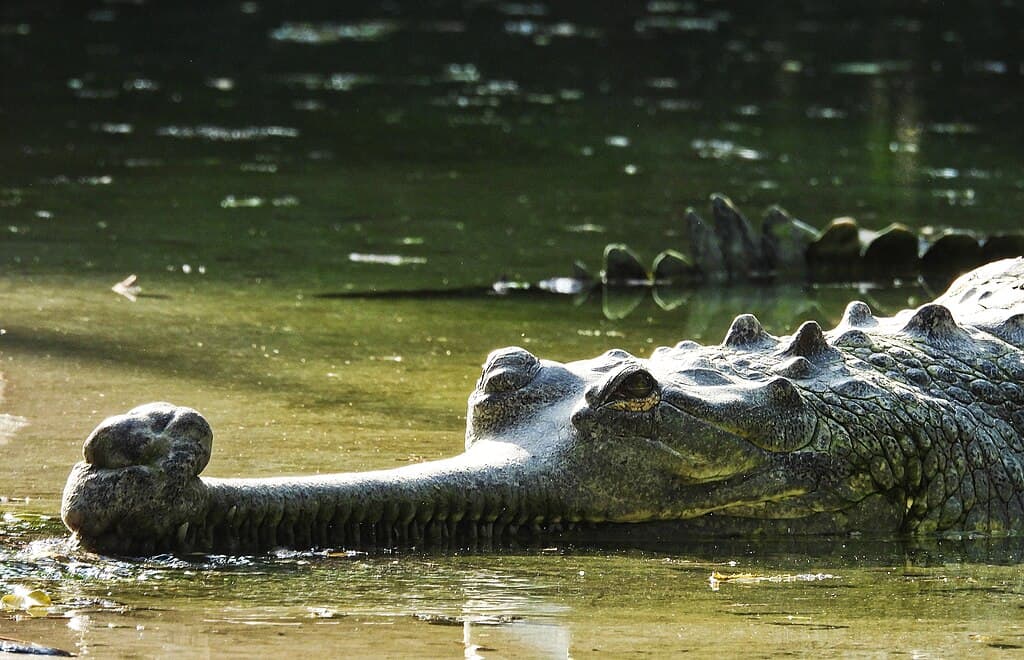
Among crocodilians, the gharial (Gavialis gangeticus) stands out for its extremely narrow, elongated snout filled with interlocking needle-like teeth—an adaptation specialized for catching fish. Adult males develop a bulbous growth on the tip of their snout called a ghara (meaning “pot” in Hindi), which resembles a clay pot used in India. This unusual nasal appendage is used to amplify vocalizations and produce bubbles during mating displays. Despite their formidable appearance, gharials rarely attack humans, as their snouts aren’t designed for capturing large prey. Native to the rivers of the Indian subcontinent, these prehistoric-looking reptiles once thrived throughout South Asia but have experienced catastrophic population declines due to habitat loss, fishing net entanglement, and egg collection. Currently classified as critically endangered, fewer than 1,000 breeding adults remain in the wild. Conservation efforts include protected breeding facilities and reintroduction programs in India and Nepal. As one of the largest crocodilian species, males can grow to 20 feet long, though their unusual specialized morphology makes them appear more alien than their crocodile and alligator relatives.
2. The Assassin Bug Corpse-Carrying Predator

The assassin bug family (Reduviidae) includes over 7,000 species of predatory insects, but certain members have particularly macabre habits that earn them a place among nature’s creepiest critters. The masked hunter assassin bugs, especially those in the genus Reduvius, are known for their habit of covering their bodies with the drained corpses of their victims, dust, and debris—creating a grotesque camouflage shield. This “backpack” of cadavers not only helps them blend into their surroundings but may also serve as a chemical camouflage, masking their scent from potential prey and predators. Assassin bugs use their powerful proboscis to inject a paralyzing venom that liquefies their prey’s internal tissues, which they then extract through the same appendage. Some species, particularly the kissing bugs (subfamily Triatominae), feed on vertebrate blood and can transmit Chagas disease to humans. Despite their sinister name and habits, many assassin bug species benefit humans by controlling pest populations in gardens and agricultural settings. Their detailed anatomical adaptations, including specialized front legs for grasping prey and complex salivary glands for producing digestive enzymes, showcase millions of years of evolutionary refinement of their predatory lifestyle.
1. The Barreleye Fish Transparent-Headed Ocean Oddity
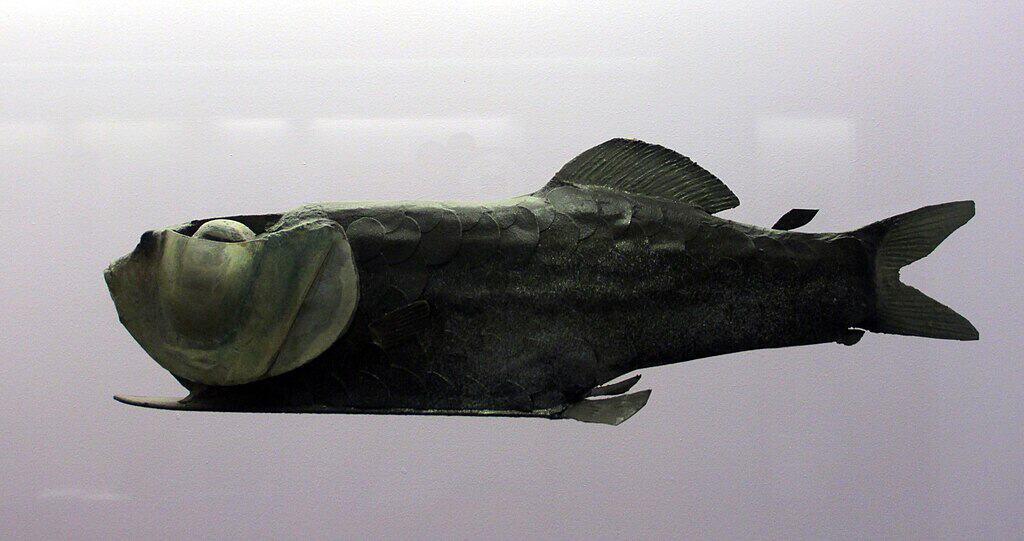
The barreleye fish (family Opisthoproctidae) possesses one of the most peculiar adaptations in the vertebrate world—a transparent head filled with fluid that protects its tubular, ultra-sensitive eyes. These deep-sea fish, particularly species like Macropinna microstoma, live in the ocean’s twilight zone at depths between 2,000 and 2,600 feet. Their most distinctive feature is their dome-like, transparent head that reveals their tubular eyes, which are fixed in an upward position but can rotate within their transparent shield to face forward when needed. This adaptation allows them to spot the silhouettes of potential prey against the faint light filtering down from above. The barreleye’s eyes are extremely sensitive to light, enabling them to detect even the smallest bioluminescent flashes in their dark environment. They likely feed on small drifting animals and may steal prey from the stinging tentacles of siphonophores (relatives of jellyfish). First discovered in 1939, these fish were only photographed alive in 2004, and much about their behavior remains unknown. Their otherworldly appearance exemplifies the bizarre adaptations that have evolved in the harsh conditions of the deep ocean.
Conclusion: Embracing Earth’s Unusual Biodiversity

These 13 creepy critters represent just a small sample of the extraordinary diversity of adaptations that have evolved across our planet’s myriad ecosystems. While their unusual appearances or behaviors might trigger our instinctive aversion responses, each of these organisms has perfectly adapted to its ecological niche through millions of years of evolution. Understanding the biological functions behind their seemingly strange or frightening features can transform our fear into fascination and appreciation. Many of these species face significant conservation challenges due to habitat destruction, climate change, and direct persecution based on misunderstandings about their nature. By learning about these remarkable creatures, we gain not only scientific knowledge but also a deeper respect for the incredible diversity of life on Earth and the importance of preserving it for future generations to study and appreciate.
- 13 Creepy Critters You Will Want to Learn More About - August 12, 2025
- 13 Animals That Form Surprising Alliances in the Wild - August 12, 2025
- 12 Insect Species That Could Swarm the U.S. This Summer - August 12, 2025

